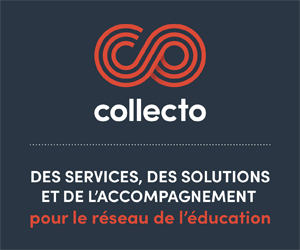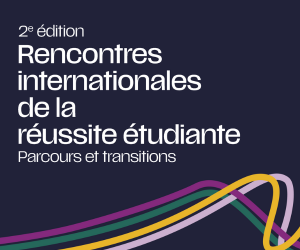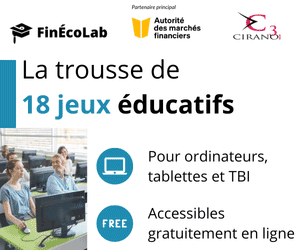Articles
Universal Design for Learning (UDL) in Postsecondary Education
By Mr. Thomas Henderson the Director of CRISPESH, the Research Centre for the Academic and Professional Inclusion of Students with Disabilities. For more than 20 years, he worked with people with developmental disabilities, in particular autism spectrum disorders. His research interests are in autism, cognition, strength based-programming, quality of life, and self-determination.
The concept of universal design is increasingly familiar to educators in colleges across Quebec. Universal design is about designing products and environments to be accessible to all people, with and without disabilities. It is person-centred and considers all people. It benefits people of all ages and abilities. Instead of designing a course, a building, a system, or a product for the average user and then adapting and accommodating the specific needs of the individual, UD proposes designing for usability for all people, to the greatest extent possible. It promotes autonomy and full inclusion. It is cost effective. It provides us with a model to make our colleges accessible to all students.
The application of the principals of UD to the physical environment is well known. The techniques differ, however, when applying the principals to learning environments and there has been a lag in the application of universal design for learning techniques, particularly in postsecondary education.
At CRISPESH, we are hoping to advance the understanding, acceptance and implementation of UD and UDL in colleges across Quebec.
WHAT IS UNIVERSAL DESIGN FOR LEARNING? © CAST 2012
Universal Design for Learning (UDL) is a set of principles to develop learning environments that give all individuals equal opportunities to learn. UDL proposes not a single, one-size-fits-all solution but rather a set of flexible scaffolds and supports that can meet individual needs. Individual learners are very different from one another and may require different methods and means to reach a common goal. These differences—both seen and unseen—may be shaped by brain development, learned and innate skills, cultural and social experience, and a host of other factors. The UDL framework encourages creating flexible designs from the start that have customizable options, which allow all learners to progress in the curriculum. The options for accomplishing this are varied and robust enough to provide effective instruction to all learners.
FRAMEWORK AND PRINCIPLES © CAST 2012
Affective Networks
The “why” of learning
How learners get engaged and stay motivated. How they are challenged, excited, or interested. These are affective dimensions.
Stimulate interest and motivation for learning.
Provide Multiple Means of Engagement.
Strategic Networks
The “how” of learning
Planning and performing tasks. How we organize and express our ideas. Writing an essay or solving a math problem are strategic tasks.
Differentiate the ways students can express what they know.
Provide Multiple Means of Action & Expression.
Recognition Networks
The "what" of learning
How we gather facts and categorize what we see, hear, and read. Identifying letters, words, or an author’s style are recognition tasks.
Present information and content in different ways.
Provide Multiple Means of Representation.
The CRISPESH UDL Symposium
These are exciting times to be an educator! Come learn about research, best practices, tools, resources and UDL models at postsecondary institutions that are promoting new opportunities for learner success. In the early 90′s, researchers at CAST proposed an innovative framework for education and curriculum design known as Universal Design for Learning (UDL). Today, UDL is identified in U.S. federal policies and state initiatives as a “scientifically valid framework for guiding educational practice” that allows educators to become strategic instructional designers who can reach and teach all learners. Evolving research from the neurosciences now confirms that learner variability is more the norm than the exception. Emerging technology trends point towards a climate that is poised to leverage the power of digital media that provides a more flexible platform for expanding the functionality and delivery of the curriculum. Learn how UDL provides an educational framework that focuses on developing learner expertise to prepare all individuals to become more resourceful, goal-directed and purposeful learners.
CRISPESH Symposium: Universal Design for Learning in Higher Education
November 16th from 9am – 4pm at Dawson College with Frances G. Smith, Ed.D. from CAST, the Center for Applied Special Technology and Frederic Fovet and Heather Mole from the McGill University OSD
To register go to the site or call 514-982-3437, extension 2835.
Welcome to everyone.






